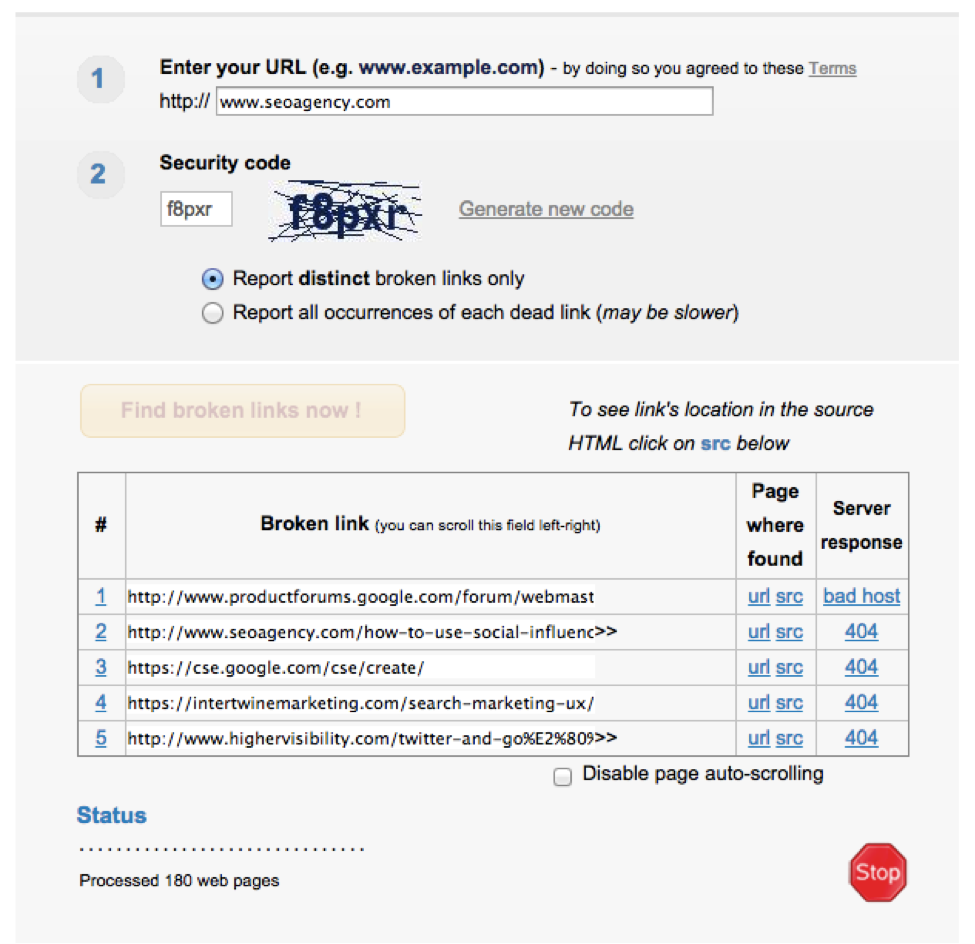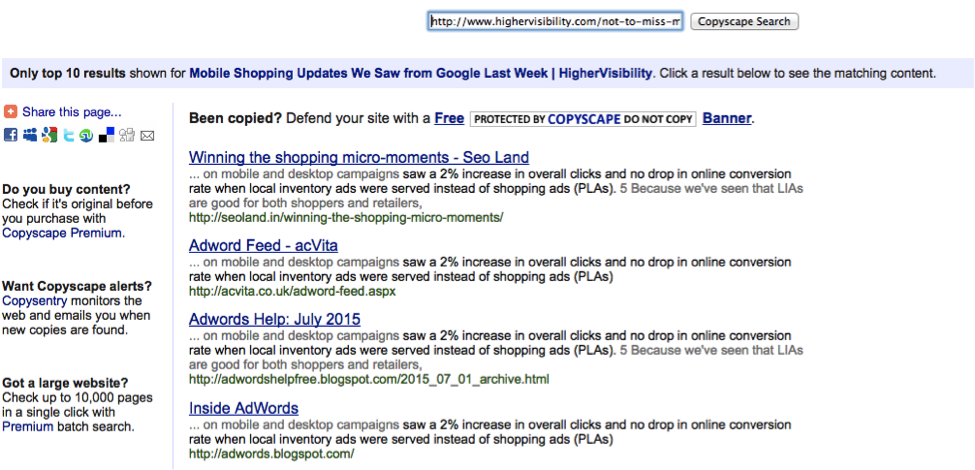When you complete an SEO audit, you’re likely going to find a whole list of problems and things you need to fix. By and large most of your SEO fixes are going to take you a long time to complete and an even longer time to see results; however there are a few SEO aspects you can identify and fix quickly. Some of these fixes may be time consuming, but they’re easy.
It’s a good idea to get some of these fixes out of the way before you even complete an SEO audit so that when all of your data comes back you have the easy stuff out of the way. You’ll find that when using different analysis tools you’re going to have a lot of data to work with and think about, so it’s best to not have the easy stuff clouding your mind.
4 of the Fastest SEO Fixes to Take Care of ASAP
Whether you’re a startup, just getting started with SEO, or have been at the SEO game for a while, below are a few things you can identify and fix quickly when it comes to your SEO. It’s important you check some of these easy fixes every few months to ensure you’re always up to date and pushing out the best possible content to both readers and bots:
-
Find and fix broken links.
Run your URL through the Broken Link Check tool and then take a look at all of the broken links that show up. You will likely have many more broken links than you anticipated, so fixing them will be a time consuming process, but it’s so simple to do. Below is a screenshot of the tool and what you’ll see when you type in your URL. It’s that easy and it’s completely free, but it’s up to you to manually go through and make the changes:
-
Add breadcrumbs to improve site navigation.
Part of great SEO is making sure that all of your pages are no deeper than 4 clicks. In other words, no matter what page someone lands on it should only take him/her 4 clicks maximum to get to another page. This is the mark of great site navigation, and it can be easily improved by simply adding a breadcrumbs plugin to your site. Other ways to make this happen include a Related Articles plugin for your blog or more internal links (although this may take a little longer!).
-
Use keywords in your image tags.
Again, this is an improvement that is time consuming but still very easy to achieve. For many small businesses, images will have either very generic labels or they will be full of letters and symbols that mean nothing to anyone. For example, an image labeled “Screenshot%23.jpg” is a common occurrence if you’re taking something off of the Internet. What many do not realize is that the Google bots will read these image titles, so it’s best to go through and change the titles to something relevant (preferably keywords).
Extra: While you’re at it, you do also have the option of including image captions. This is not only great for your SEO if you use keywords, but it’s a good way to draw in readers.
-
Check for duplicate content and then remove anything duplicate.
This point may actually become more involved than a quick fix, but you can lesson what you will see after you run a content audit by getting rid of obvious duplicate content issues. I recommend using the free tool CopyScape to do a quick run-through. If something comes back as more than 80% duplicate content then you should delete one of the pieces completely. Below is a look at what you’ll see when you use CopyScape. The first image shows the top 10 pieces of content similar to the URL I typed in, and if you click on one of those results it will show you the second image. In this case, the content is 9% duplicate:
Many small businesses unfortunately miss this step because most businesses who have not just acquired a website have a good handle on their content; however this is still an important step because in some cases you may have 15% duplicate content without even realizing it. If you hired a writer to write you something unique they may very well have done so, but it could be too similar to something else on the web. In the end this can still bring down your SEO, so it’s best to pay attention to these cases as well.
A Quick Takeaway
Once you’ve gotten everything easy out of the way, you’re ready to dive into and SEO audit and use different tools and analysis to make it happen. You’ll find that there are a lot more things to fix than just what’s mentioned above—page speed, sitemaps, redirects, robots.txt, local SEO considerations, and more. If you’ve never completed an SEO audit before, check out this article to learn how to make it happen.
Lastly, it’s important to keep in mind that most SEO fixes are not “quick” (which is a big reason why we only chose to including 4 in this list). In other words, you have to be patient with SEO. While a few of the wins mentioned above can be taken care of right away, seeing results from these fixes will take a while. You also have to keep in mind that building a solid SEO strategy takes time. Creating relevant content, creating authoritative backlinks, positioning your brand on authoritative websites and improved reviews, etc. will all take time. If you move too fast with SEO in general, you could actually end up digging yourself in an even deeper hole than you were in before you decided to focus on SEO in the first place.
Are there any quick SEO fixes that we missed? Let us know in the comment section below.



